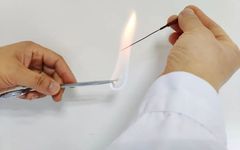

Fire Needle Therapy
Fire is one of humanity’s greatest inventions, and the combination of fire and needles reflects the wisdom of ancient people in utilizing tools. The ancients used fire to ignite mugwort, leading to the development of moxibustion, and discovered fire needle therapy by burning needles—making the needles white and bright, allowing energy and the needle to merge and quickly penetrate the body, either deeply or superficially, to eliminate pathogenic factors and resolve human diseases through special techniques.

Fire
Needle
This may sound terrifying, but in fact, modern medicine has many similar methods: high-frequency electric scalpels used in surgery, laser surgery for treating myopia, and holmium lasers used in urology, otolaryngology, dermatology, gynecology, and other specialties, all originate from fire. They, like fire, concentrate energy to perform surgical procedures, with modern technology allowing for higher energy density and less damage to surrounding tissues, thus expanding their application to diseases that were previously difficult to treat. Fire needles are a prototype of modern burning methods; they may not seem as advanced, but for certain surgical procedures that do not require an operating room, they can still work wonders.
Clinically, some cases of ganglion cysts can be treated with fire needles, as well as joint effusions, flat warts, and more. Although surgery can treat tenosynovitis, the pain for patients is significant, the risks are high, and the costs are elevated. If a cyst is near an artery, it becomes even more troublesome; for joint effusions, using a syringe to extract fluid can lead to infections due to the needle’s entry, which requires high sterility. Compared to the pain endured with fire needles, it is not much better. The insertion of fire needles, after burning, is essentially sterile, and the fluid can flow out on its own, with the needle site not closing immediately after burning, naturally reducing the infection rate. Flat warts treated with flat-headed fire needles can be controlled easily without complex equipment, leaving minimal scarring… However, like modern surgeries, these procedures require skill, courage, and meticulousness.
Fire
Needle
Fire
Needle
The Huangdi Neijing (Yellow Emperor’s Inner Canon) from before the Qin Dynasty referred to fire needle instruments as “large needles” and “burning needles,” and the fire needle therapy was called “pure needling” and “burning needle” methods. The Jin Dynasty was the first to propose the name “fire needle” therapy, which was applied in ophthalmology. The Tang Dynasty discussed treating boils and abscesses with “extremely hot needles,” greatly enhancing the application range of fire needles. In the late Qing Dynasty, in 1822, the acupuncture department of the Imperial Medical College was abolished, leading to a decline in acupuncture, and by the time of liberation, fire needles were on the verge of extinction.
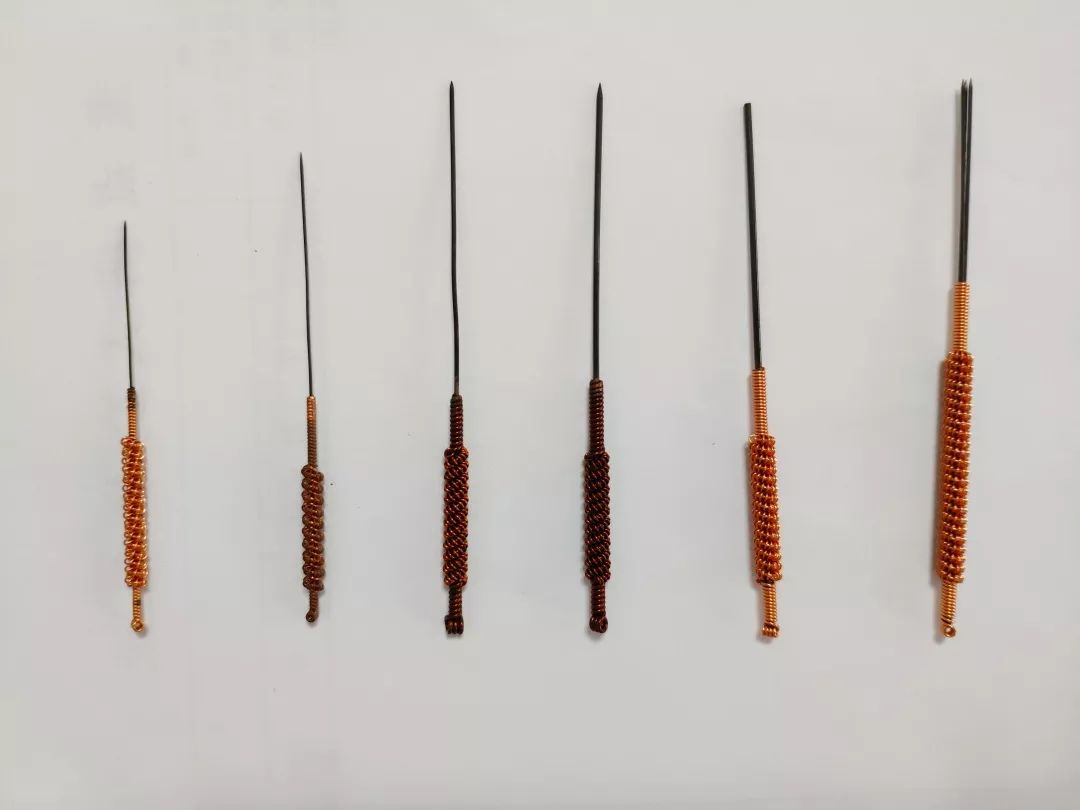
Different Specifications of Fire Needles
Fire
Needle
Modern fire needle instruments generally have a thick fire needle with a diameter of 1.1mm or thicker, a medium-thick fire needle with a diameter of 0.8mm, a thin fire needle with a diameter of 0.5mm, a flat-headed fire needle with a diameter of 3mm, and a three-headed fire needle made of three thin fire needles wound together, each with a diameter of 0.8mm and a needle body length ranging from 25-50mm. Currently, the commonly used fire needles in acupuncture clinics are fine fire needles, with diameters between 0.25-0.35mm, which can achieve minimal pain. Various types of fire needles exert their respective effects and are applied in acupuncture clinics.
The development of modern surgical techniques represents the advancement of modern technology, and traditional Chinese medicine is also fully utilizing the advantages brought by modern technology in fire needle instruments, treatment localization, and disease assessment. In addition to relying on modern medical examinations and analyses, it also fully integrates traditional Chinese medicine’s understanding of the human body and diseases, treating diseases from a holistic perspective and regulating human health.
Traditional Chinese medicine is not metaphysics, and fire needles are not a representation of fear and ignorance. The effective combination of experiential medicine and modern medicine is the path that modern traditional Chinese medicine should take.
Fine Fire Needle
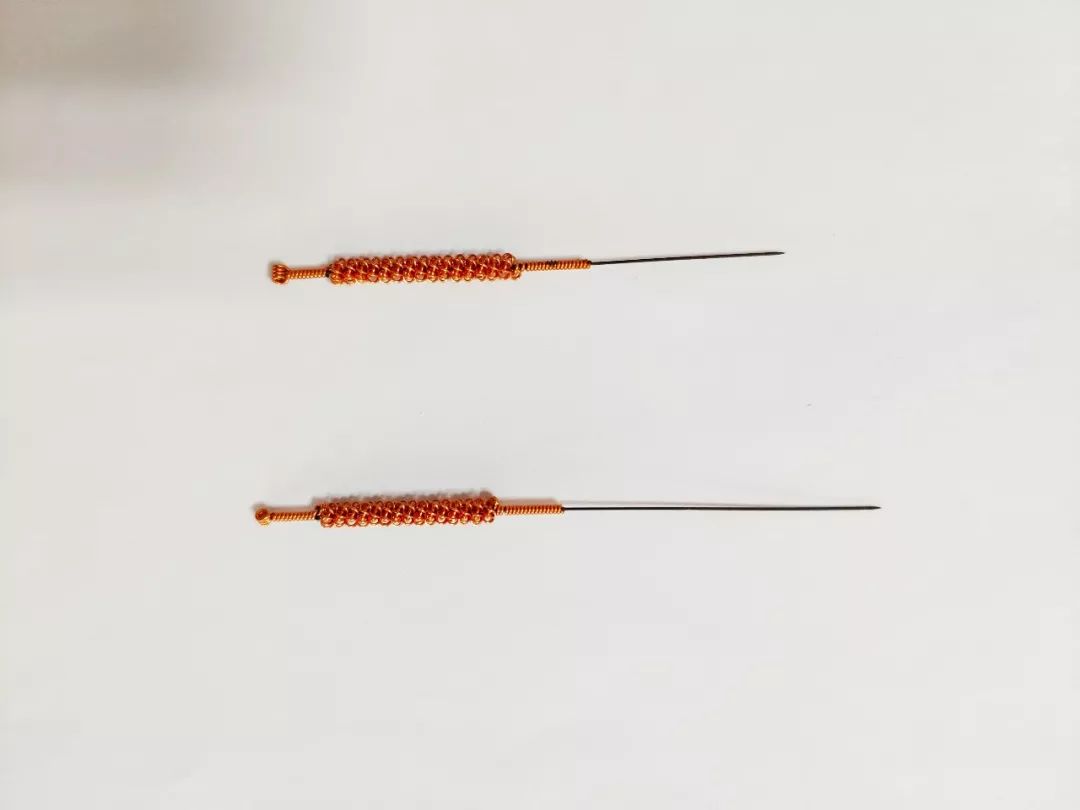
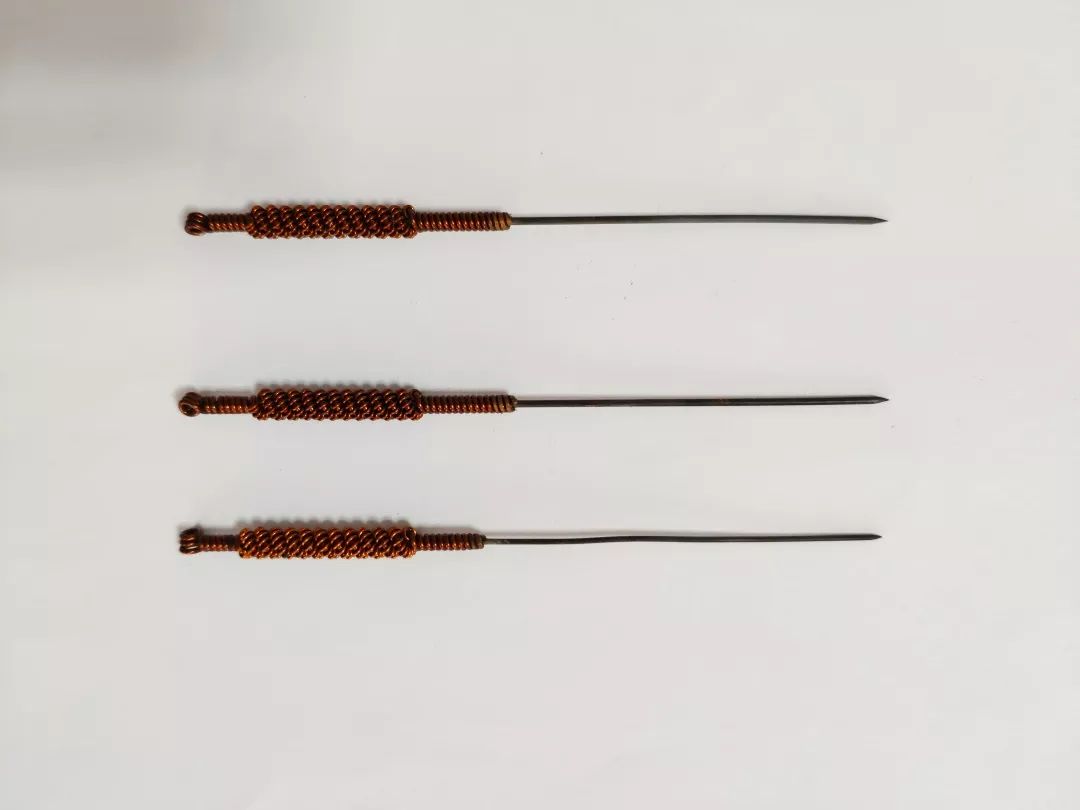
Thick Fire Needle
Flat-Headed Fire Needle
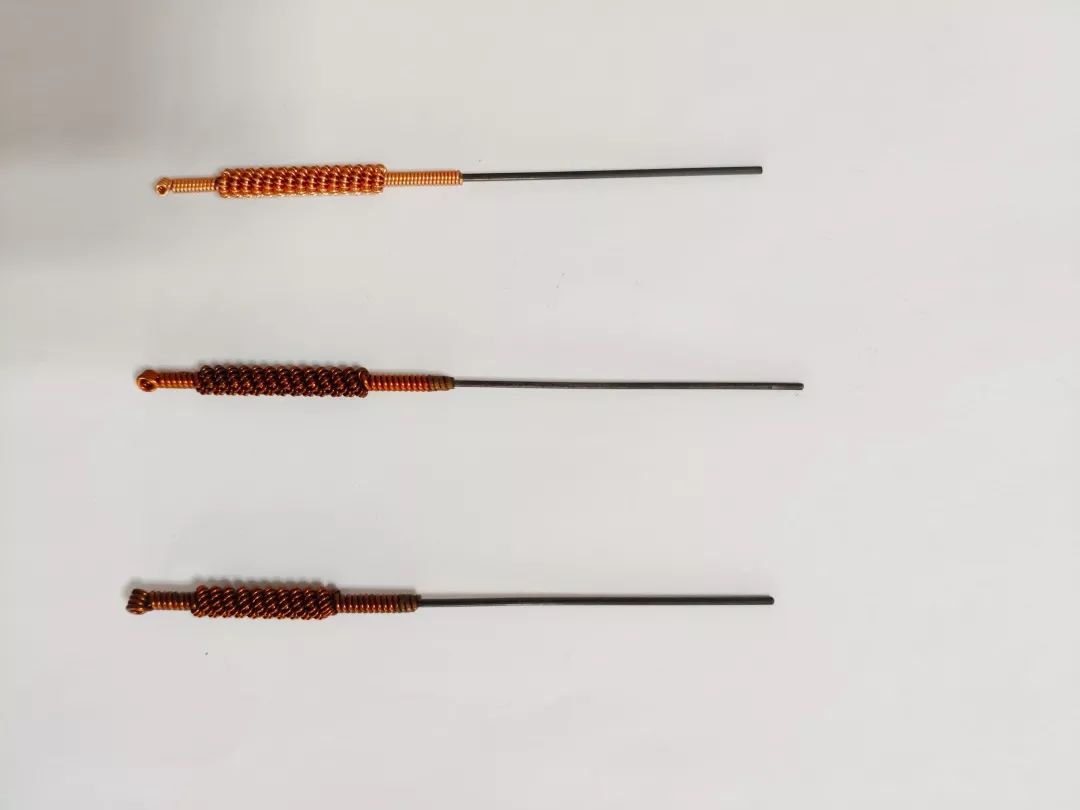
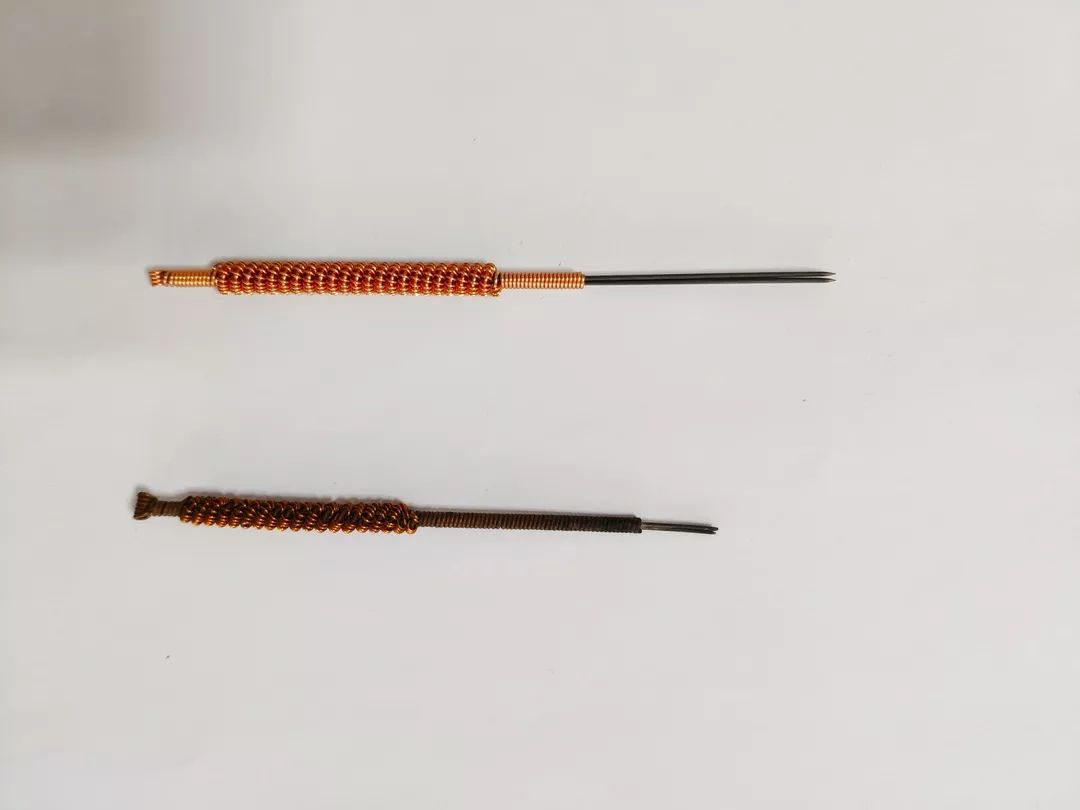
Three-Headed Fire Needle
★ Physician Introduction ★
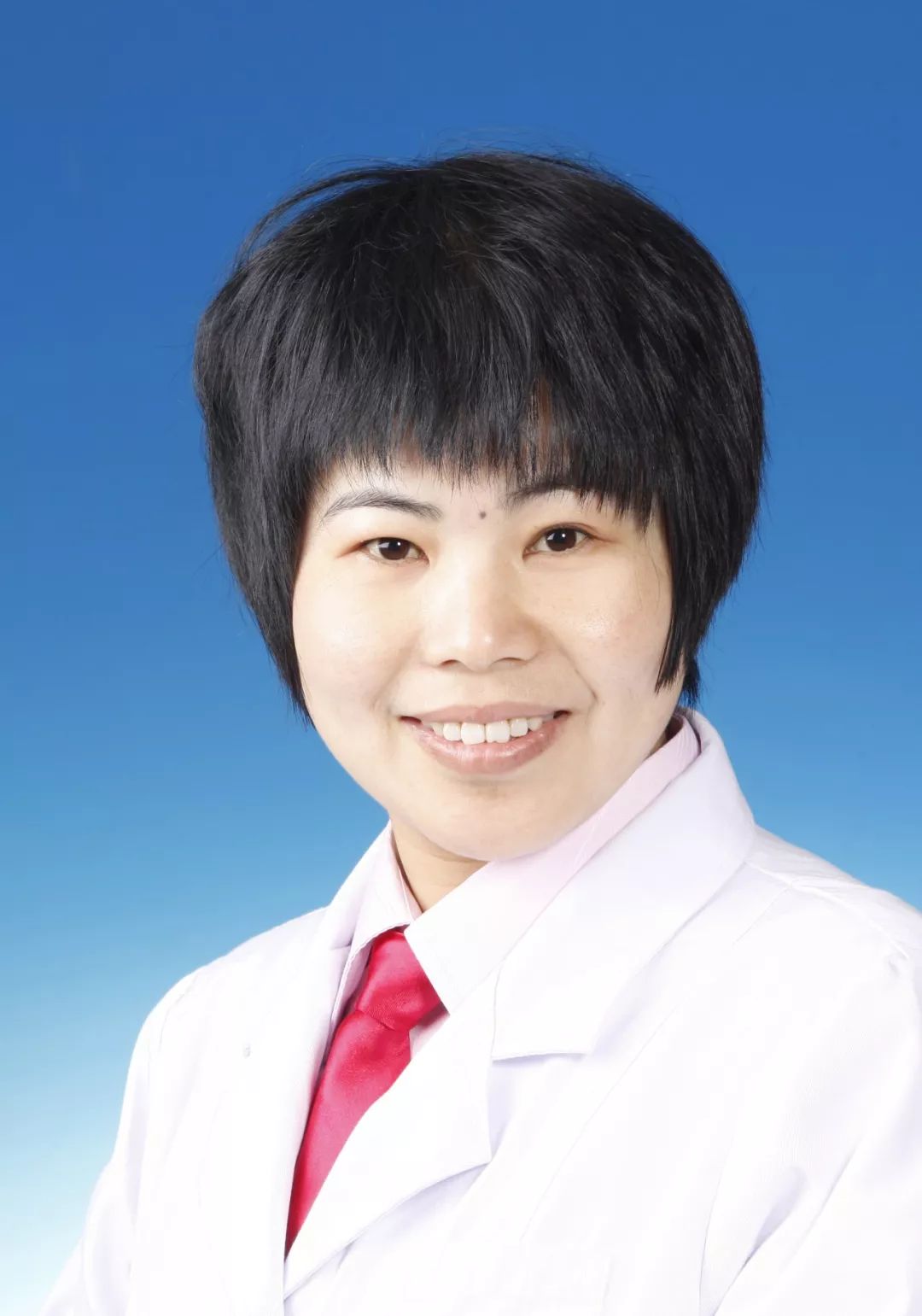
Li Linyan, Associate Chief Physician of Traditional Chinese Medicine. Graduated from Zhejiang University of Traditional Chinese Medicine, engaged in clinical acupuncture for 19 years. Studied under renowned TCM physician Liang Zhen and his daughter Liang Defei in Shaoxing, gaining rich clinical experience in treating common diseases in acupuncture, especially skilled in various moxibustion methods in traditional Chinese medicine (such as suppurative moxibustion, ginger moxibustion, moxa stick moxibustion, warm needle moxibustion, and sky moxibustion) to treat various pain conditions, such as cervical spondylosis, shoulder periarthritis, lumbar disc herniation, acute myofascial pain syndrome, and facial paralysis. Diligent and responsible in work, dedicated to the profession, adheres to medical ethics, practices medicine with integrity, treats all patients equally, patiently and meticulously, continuously improving professional skills, actively writing papers, and has published multiple papers in provincial journals, actively developing new projects and technologies, and received third prize in the hospital in 2014 and 2017.
Consultation hours: Every Monday, Tuesday, Wednesday, Friday, and Saturday all day.
Consultation location: Acupuncture Treatment Area, 4th Floor, Building 5.
Quick appointment: Click on the “Consultation Navigation” at the bottom center of the public account, select “Appointment Registration” to make an appointment.

Quick, follow this public account
Let’s learn together~
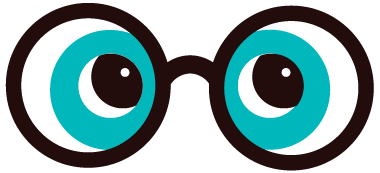
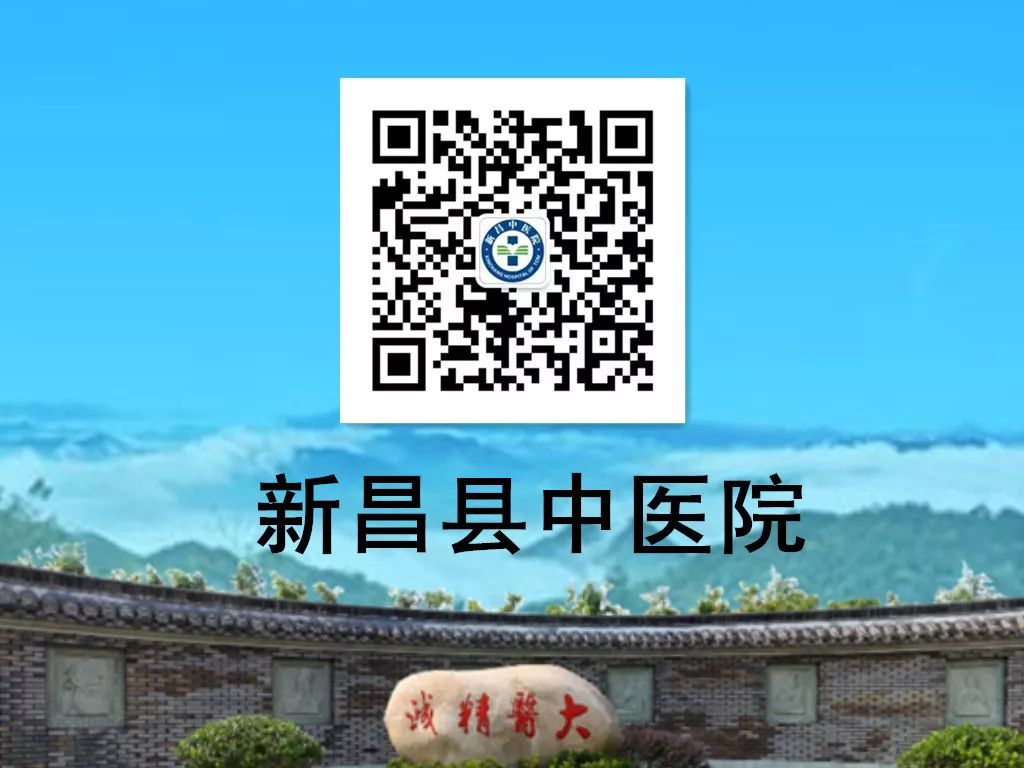
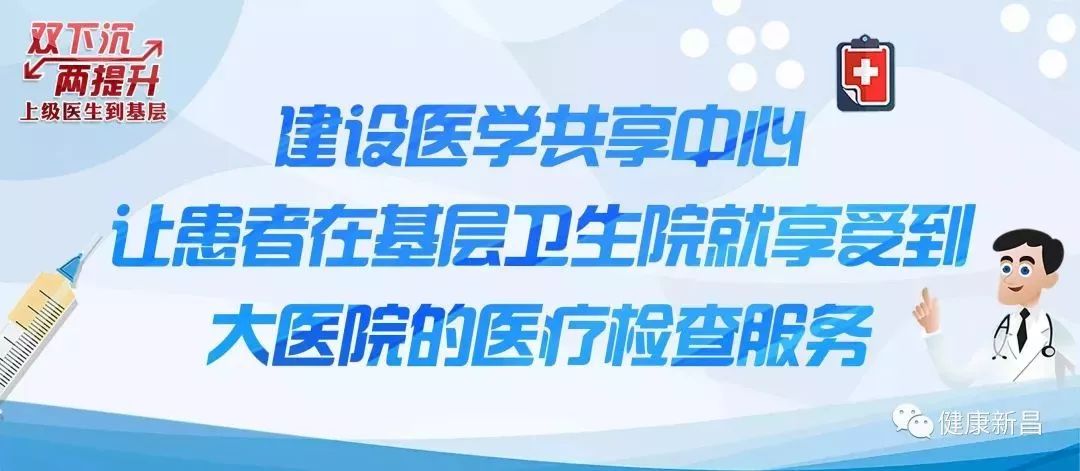
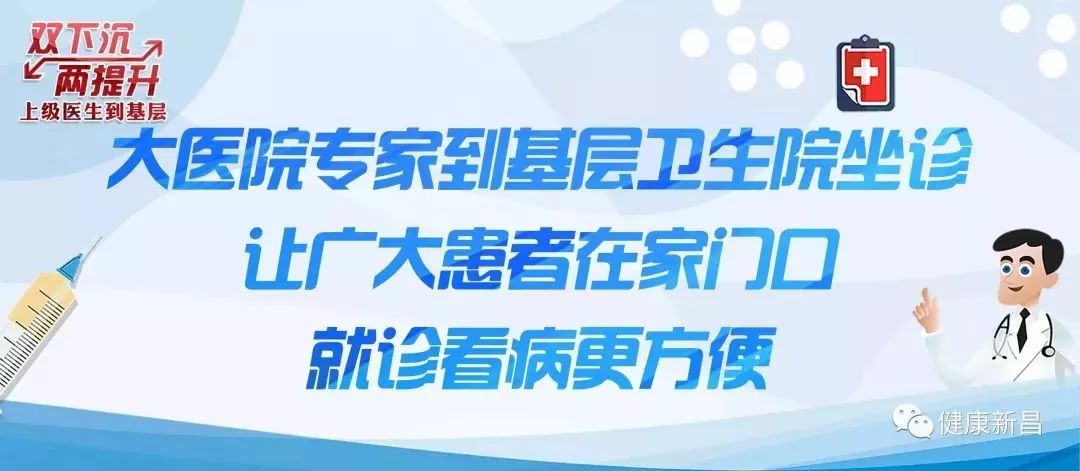
Contributed by: Yue Yan
Photography: Yue Yan
Editor: Dong Lujia
Proofreader: Wang Huihong

